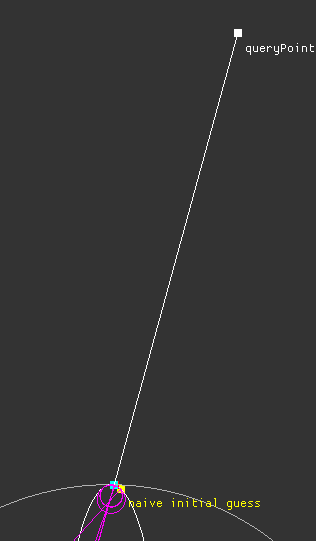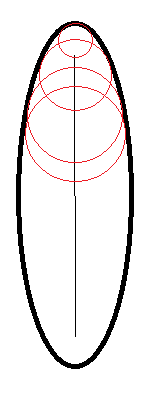JoeJ said:
But that's because we are too stupid to implement proper iterative solutions :D
I would argue that it's because iteration requires repetition of execution, which, intuitively, feels inefficient. :P
(And perhaps I like it less than other approaches.)
JoeJ said:
Yeah, i see i'm pretty fit already again.
Ah, I'm glad that you're already improving, it would seem! ^_^
But sorry to hear about your wife having caught it, too, and about her having to work in such a state--both for her sake and that of her customers! :/
JoeJ said:
I had an idea to improve it with a better initial guess. Edited the code. Much better, but the problem remains in cases, but it's smaller.
I'm glad to read it! ^_^









